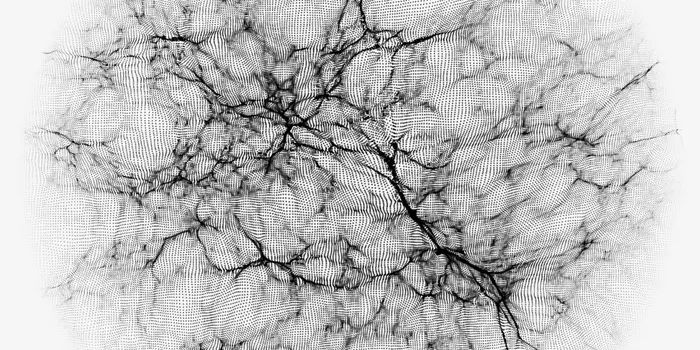The Road To Faster Computing
Research led by the Cavendish Laboratory at the University of Cambridge has identified a material that could help tackle speed and energy, the two biggest challenges for computers of the future.
The two challenges facing modern-day computing is speed and energy. Research on light-based computing identified issues with using light instead of electricity to compute beyond the limits of modern computers. However, the issues remain in developing optical switching which can allow light to be easily turned ‘on’ or ‘off’.
Now, recent research found breakthrough material known as Ta2NiSe5 which can switch between a computing window and a mirror in roughly quadrillionth of a second when pulsed by a laser.
The Ta2NiSe5 resembles a pencil lead and acts as an insulating agent at room temperature. But when heated, the material converts into metal that serves as the ‘mirror’ and reflects light.
"We knew that Ta2NiSe5 could switch between a window and a mirror when it was heated up, but heating an object is a very slow process," said Dr Akshay Rao, Harding University Lecturer at the Cavendish Laboratory, who led the research. "What our experiments have shown is that a short laser pulse can also trigger this 'flip' in only 10-15 seconds. This is a million times faster than switches in our current computers."
Learn more about the history of computing:
Furthermore, researchers were curious to examine the behavior of Ta2NiSe5 to prove the existence of a phase matter known as ‘excitonic insulator’ based on a theory developed in the 1960s.
"This excitonic insulating phase looks in many ways like a very normal insulator, but one way to distinguish between an unusual and ordinary insulator is to see exactly how long it takes for it to become a metal," said Rao. "For normal matter, going from an insulator to a metal is like melting an ice cube. The atoms themselves move positions and rearrange, making it a slow process. But in an excitonic insulator, this could happen very fast because the atoms themselves do not need to move to switch phases. If we could find a way to measure how fast this transition occurs, we could potentially unmask the excitonic insulator."
Through a series of experiments, authors of the study were able to prove the excitonic insulating nature of Ta2NiSe5.
"Not only does this work remove the material's camouflage, opening up further studies into its unusual quantum mechanical behaviour, it also highlights this material's unique capability of acting as an ultrafast switch," said first author Hope Bretscher, also from the Cavendish Laboratory. "In fact, for the optical switch to be effective, not only must it transition quickly from the insulating to the metallic phase, but the reverse process must also be fast.”
Source: Science Daily









